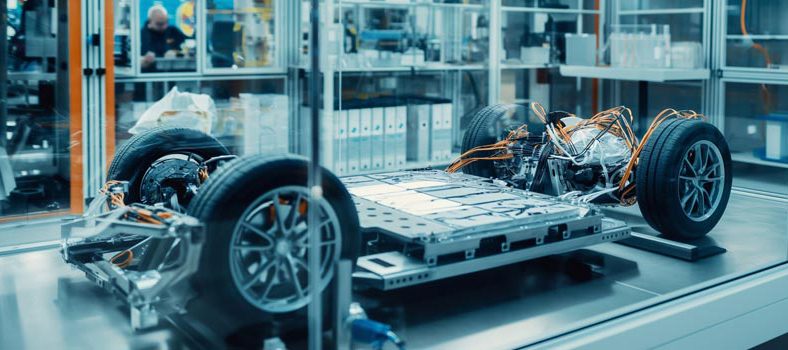India’s government has approved a 230 billion rupee ($4.13 billion) plan to encourage the production of electric and hybrid vehicles, with a target of six million vehicles on the road by 2020, Reuters reported this week. Four to five million of those are expected to be two-wheelers. Even so, it sounds like an ambitious goal, and skepticism was not hard to find.
Mahindra Reva Electric Vehicles, a unit of the gigantic Mahindra Group that opened a new manufacturing facility last week, has set itself a more modest goal of selling 30,000 EVs per year by 2016. Company chairman Pawan Goenka said of the government’s announcement, “the question is the viability … the cost of the car and how much the consumer can pay, there is a gap.”
GigaOM’s Katie Fehrenbacher addressed the issue of cost delicately, saying that “the Indian vehicle buyer fits a totally different profile than the American, European or Japanese electric car buyer…Most Indians are ultra price sensitive and won’t pay extra costs for luxury or greener goods.”
She also noted, as have other Indian EV players, including spokesmen for Tata and Suzuki, that electrical infrastructure is a problem, with an unreliable grid and few public chargers. If India’s government wants to see EV’s take off, it’s going to have to modernize its electrical grid too – a comment that also applies, on a larger scale, in the US and elsewhere.
Image: Sean Ellis (CC BY 2.0)



















































































